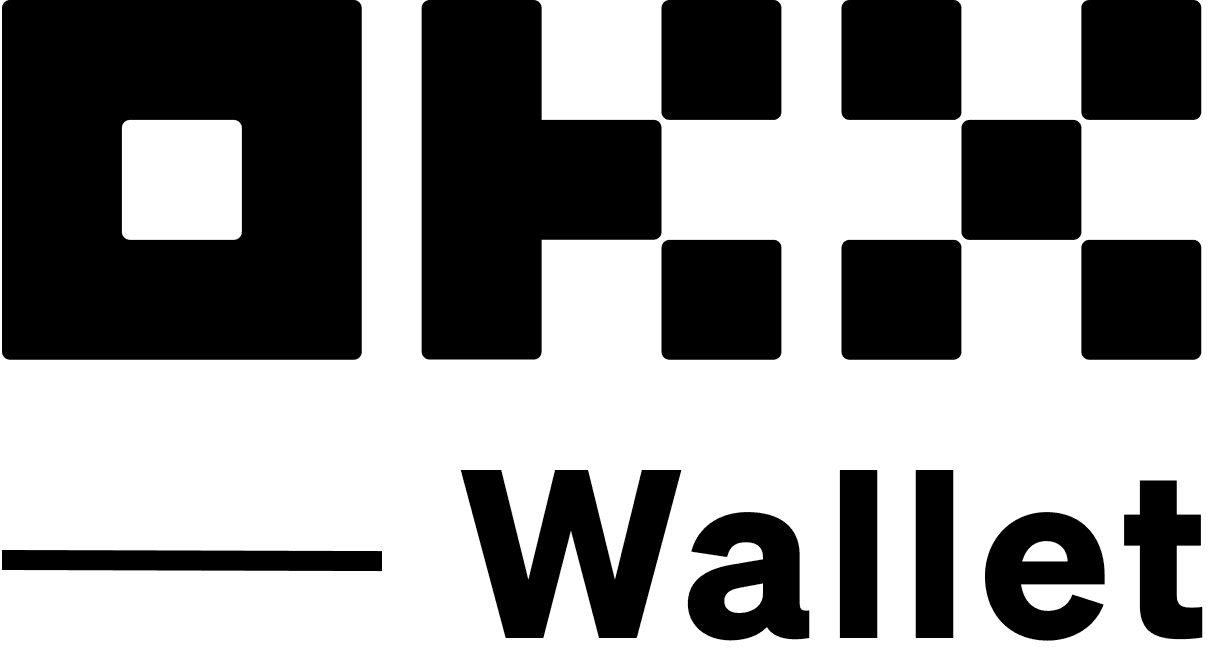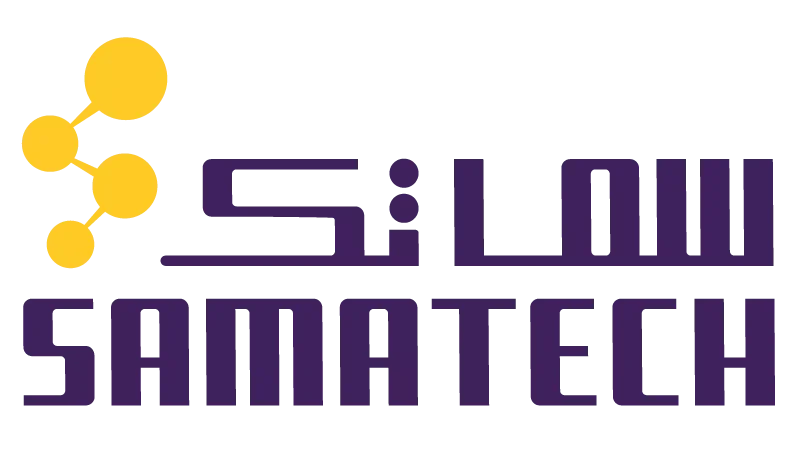So I was thinkin’ the other day about how crazy the crypto space has become. Seriously, one minute you’re just juggling wallets and exchanges, and the next, you’re trying to figure out how to connect centralized exchange (CEX) features with the wild world of decentralized finance (DeFi). It’s like trying to blend oil and water, right? But here’s the thing—some solutions are starting to make this not only possible but actually seamless. And yeah, it feels like a big deal for traders who want the best of both worlds.
Wow! The idea of using a wallet that hooks directly into a centralized exchange while still giving you DeFi access is pretty slick. At first, I thought, “Why bother?” I mean, aren’t CEX and DeFi fundamentally at odds? CEXs are all about control and regulation; DeFi’s about freedom and self-sovereignty. But then I realized that this hybrid approach can solve a ton of headaches for traders.
Take liquidity, for example. On one hand, centralized exchanges like OKX offer deep liquidity pools and fast transaction speeds. On the other, DeFi platforms offer innovative yields and permissionless trades but often with higher slippage and slower execution. So, integrating these can give you the speed and reliability of a CEX plus the financial innovation of DeFi. Not many wallets can do this well, though.
Okay, so check this out—there’s been a rising interest in wallets that connect directly to CEX platforms, allowing users to trade, stake, or lend without bouncing between multiple apps or exposing themselves to unnecessary risks. My instinct said this could be a huge time saver, especially for active traders who hate toggling between interfaces.
Here’s what bugs me about most wallet setups: you usually have to trust multiple parties or deal with clunky bridges that eat up fees and time. But the okx wallet integrates directly with the OKX exchange, streamlining that process in a way that feels natural and secure. This is not just hype; it’s backed by real UX improvements.
Now, diving deeper, the market analysis shows an explosive trend toward hybrid models. DeFi protocols are experimenting with centralized elements to enhance usability, while CEXs are opening up APIs and wallet integrations to tap into DeFi’s innovation. This cross-pollination is shifting the landscape.
Hmm… initially I assumed that traders would resist ceding control back to centralized entities after years of DeFi hype. But the data tells a different story. Many traders want convenience without sacrificing too much autonomy. Actually, wait—let me rephrase that: they want the best balance between trust and freedom, and wallets with CEX integration seem to hit that sweet spot.
One challenge, though, is security. Combining CEX features with wallet autonomy can introduce attack vectors if not designed carefully. On one hand, centralized exchanges usually have strong security protocols but are prime hacking targets. On the other, wallets give you control but shift responsibility onto you. Though actually, if the wallet smartly manages keys and permissions, you get enhanced security plus easy access. This is where user education becomes very very important.
Here’s a quick story: a friend of mine, a day trader in New York, struggled for months using separate wallets and exchanges. He told me, “I wasted so much time switching apps and recovering from minor errors.” When he switched to a wallet with CEX integration, his routine simplified dramatically. That kind of personal anecdote can get overlooked but it’s exactly why these tools matter.

How CEX-Integrated Wallets Unlock DeFi Access
So, how does this integration actually open doors to DeFi? Well, it boils down to bridging liquidity and access. The okx wallet acts as a unified gateway, letting you interact with both centralized order books and decentralized protocols. That means you can stake tokens on DeFi farms while keeping an eye on your spot trades on OKX, all within the same app.
What’s wild is how this reduces friction. Instead of transferring assets back and forth—which often means paying multiple gas fees and waiting—your assets stay connected in a more fluid ecosystem. This is a subtle but massive improvement for traders who value agility.
But here’s a caveat: not all DeFi protocols are compatible yet, and the ecosystem is still evolving. Some platforms require manual bridging or additional steps, which can be a pain, especially for newcomers. So, while this integration is promising, it’s not a silver bullet. It’s more like a very very promising step forward.
Another aspect to consider is regulatory compliance. Centralized exchanges are under increasing scrutiny, and their wallet integrations reflect that. This means some DeFi features might be limited or subject to KYC requirements when accessed through these wallets. It’s a balancing act between usability and compliance that’s still playing out.
Oh, and by the way, the user experience here is key. Traders are not just tech geeks; they want intuitive interfaces. The okx wallet nails this by offering a clean, straightforward UI that feels more like a trading platform than a complicated DeFi dashboard. This lowers the barrier for traders who are curious about DeFi but intimidated by its complexity.
On the tech side, integration means syncing order books, wallet balances, and transaction histories in real time. This requires robust backend infrastructure and APIs that can handle high-frequency data without lag. Any delay or mismatch can frustrate users and create trust issues.
So yeah, it’s complicated. But the payoff is huge. Traders get a single point of control that combines the best of centralized and decentralized finance.
Looking Ahead: What This Means for Traders
Honestly, I think wallets like this will set a new standard. The trend toward interoperability and user-centric design is only accelerating. The fact that a wallet can plug into a major CEX like OKX and also give you DeFi access means traders can experiment with new strategies without jumping through hoops.
But, I’m not 100% sure this model will satisfy purists in the DeFi community who distrust centralized platforms. Some will argue this integration dilutes decentralization. And they might be right — to an extent. Though for the average trader, the convenience and security trade-offs seem well worth it.
The key will be how these wallets evolve. Will they expand support for more DeFi protocols? Will they maintain security without becoming overly complex? Will regulators clamp down and limit functionalities? So many questions remain open.
For now, if you’re a trader looking to simplify your workflow while tapping into DeFi’s potential, trying out the okx wallet makes a lot of sense. It’s not perfect, but it’s one of the best attempts at bridging these worlds that I’ve seen.
In the end, this hybrid approach feels like the future. Not because it’s flawless, but because it acknowledges the messy reality of crypto trading today. And that’s exactly why it grabbed my attention.
